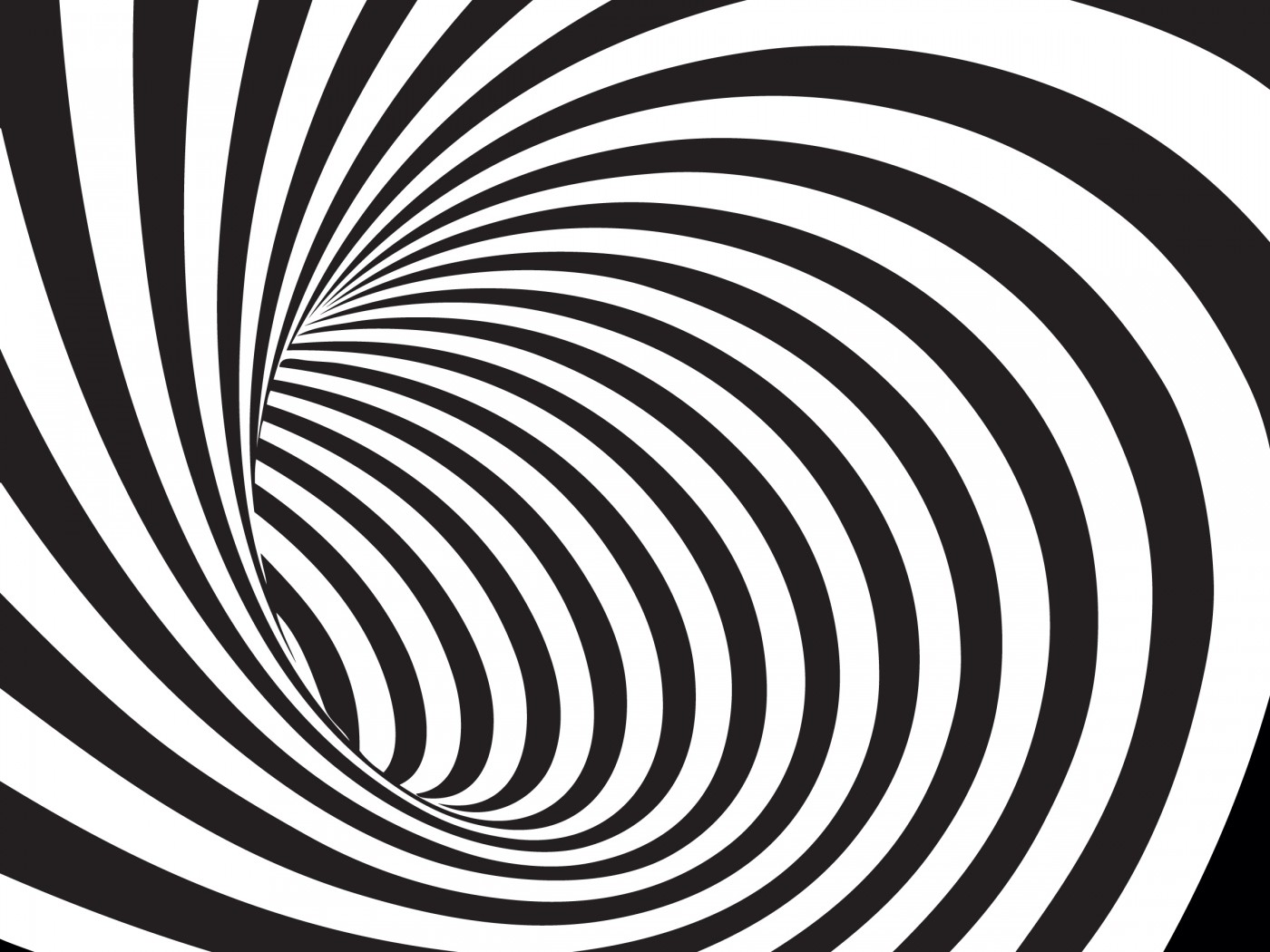

During the 2022 Russian invasion of Ukraine, NATO tweeted a photo of a female Ukrainian soldier for International Women's Day. Political scientist Ivan Gomza wrote in Krytyka that the illiberal connotations of the symbol in that logo are lost on most people in Ukraine, and the logo rather has an association with "a successful fighting unit that protects Ukraine." WotanJugend, a neo-Nazi group based in Kyiv and connected to the broader Azov political movement, has also used the Black Sun symbol to promote its group. The Ukrainian military unit Azov Regiment, founded in 2014, used the symbol as part of its logo. Former badge of the Azov Batallion, which uses a Black Sun and a wolfsangel in the forefront. Though based on medieval German symbols, the Wewelsburg mosaic is a unique design commissioned specifically for Himmler, and its primary contemporary association is Nazi occultism, for which Nazi Satanic groups and esoteric neo-Nazis adopt it. The Black Sun motif is even less ambiguous. Īlong with other symbols from the Nazi era such as the Wolfsangel, the Sig Armanen rune, and the Totenkopf, the black sun is employed by some neo-Nazi adherents of Satanism. Ī number of far-right groups and individuals have utilised the symbol in their propaganda, including the Christchurch mosque shooter Brenton Tarrant and Australian neo-Nazi group Antipodean Resistance, and the symbol was displayed by members of several extremist groups involved in the Unite the Right rally in Charlottesville, Virginia. The book links the Wewelsburg mosaic with the neo-Nazi concept of the "Black Sun", invented by former SS officer Wilhelm Landig as a substitute for the Nazi swastika and a symbol for a mystic energy source that was supposed to renew the Aryan race. The name "Black Sun" came into wider use after the publication of a 1991 occult thriller novel, Die Schwarze Sonne von Tashi Lhunpo ( The Black Sun of Tashi Lhunpo), by the pseudonymous author Russell McCloud. Modern far-right groups often refer to the symbol as the sun wheel or Sonnenrad. The symbol often appears on extremist flags, t-shirts, posters, websites and in extremist publications associated with such groups. In the late 20th century, the Black Sun symbol became widely used by neo-fascist, neo-Nazi, the far-right and white nationalists. Neo-Nazism A leather belt with the black sun symbol as belt buckle. Some scholars have suggested that the artist may have found inspiration from motifs found on decorative Merovingian period discs ( Zierscheiben) from Central Europe, which have been suggested to represent the sun, or its passing through the year. The intended significance of the image remains unknown. Himmler's remodeling included the Wewelsburg mosaic that was composed of twelve dark-green radially overlaid sig runes, such as those employed in the logo of the SS, on the white marble floor of the structure's north tower known as the "General's Hall" ( Obergruppenführersaal). Himmler intended to make the building into a center for the SS, and between 19, Himmler ordered the building expanded and rebuilt for ceremonial purposes. In 1933, Heinrich Himmler, the head of the SS, acquired Wewelsburg, a castle near Paderborn in the German region of Westphalia. The symbol that later became known as the "black sun" originated in the early 20th century, with the first depiction being the Wewelsburg mosaic. Wewelsburg mosaic and the Nazi period View of the mosaic's placement in Wewelsburg The Anti-Defamation League notes that though the symbol is popular with white supremacists, imagery resembling the black sun features in many cultures, and that such imagery should always be analyzed in the context in which it appears, as it may not necessarily be intended to serve as a symbol of white supremacy or racism. The book links the Wewelsburg mosaic with the neo-Nazi concept of the "Black Sun", invented by former SS officer Wilhelm Landig as a substitute for the Nazi swastika. Its association with the occult originates with a 1991 German novel, Die Schwarze Sonne von Tashi Lhunpo ( The Black Sun of Tashi Lhunpo), by the pseudonymous author Russell McCloud. It is unknown whether the design had a name or held any particular significance among the SS. It first appeared in Nazi Germany as a design element in a castle at Wewelsburg remodeled and expanded by the head of the SS, Heinrich Himmler, which he intended to be a center for the SS. The symbol's design consists of twelve radial sig runes, similar to the symbols employed by the SS in their logo. The Black Sun ( German: Schwarze Sonne) is a type of sun wheel (German: Sonnenrad) symbol originating in Nazi Germany and later employed by neo-Nazis and other far-right individuals and groups. For the alchemical symbol, see Sol niger. This article is about the neo-Nazi symbol.


 0 kommentar(er)
0 kommentar(er)
